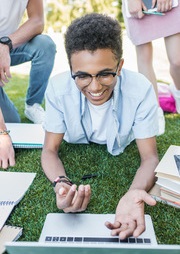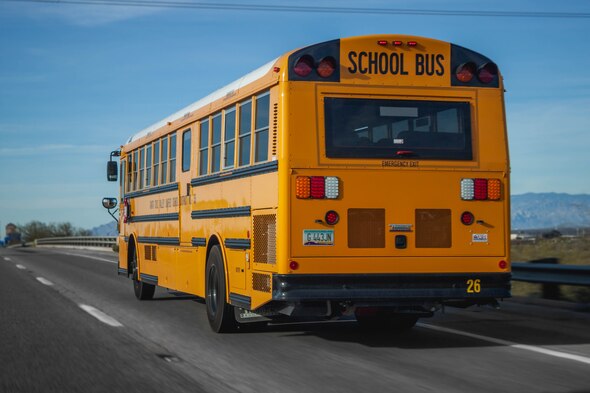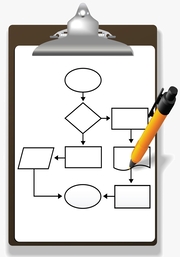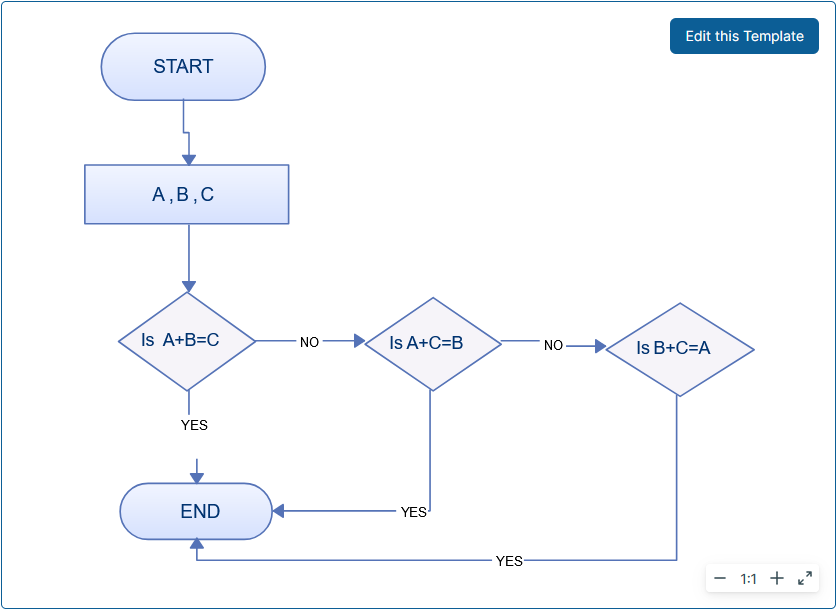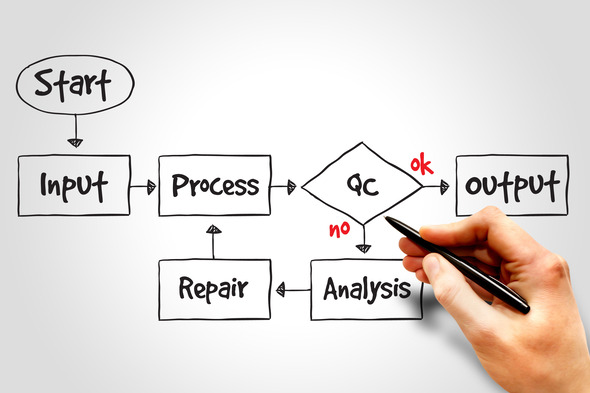Increasing Representation: From Shawn Joseph to Elevate Black Superintendents in Public Schools
Representation in public school systems is fundamental, particularly for Black students to have a sense of belonging. The representation of Black superintendents can play an integral role in improving the educational environment of schools, by breaking down barriers and providing the necessary resources needed for success.
Representation matters, and when Black administers like Shawn Joseph, Superintendent, occupy the highest-ranking positions in education, it sends a powerful message to students, staff, and the community. It’s not just about having a diverse leadership team; it’s about cultivating an environment where everyone’s voice is heard and valued.
Here are various strategies that can be employed to provide equal opportunities for Black educators and elevate their chances of becoming superintendents.
The Importance of Diversity and Black Voices in Urban School Districts
Diversity in urban school districts is paramount to ensuring that students are exposed to various perspectives and experiences. The representation of Black educators can help bridge the gap between cultural disconnects and represent the issues that minority students face daily. Having Black voices represented in administrative positions has been linked to improved student performance.
Furthermore, representation goes beyond the classroom. It extends to decision-making processes, policies, and resource allocation. When Black superintendents are part of the leadership team, they bring a wealth of knowledge and perspectives that can inform more effective strategies to address the needs of Black students.
Identifying and Highlighting Qualified Black Superintendents
Identifying qualified Black superintendents can be difficult, as there is often a lack of representation in the pool of potential applicants. School administrators should make an effort to look beyond traditional recruiting methods and seek out individuals who might not traditionally apply for superintendent positions. Additionally, those in leadership roles should recognize the accomplishments of Black superintendents and strive to highlight their achievements. This encourages more applications from the community.
Creating inclusive hiring practices and policies ensure that systems are in place to be naturally after Black candidates are identified. Challenging the status quo is a continual battle when seeking to increase diversity in leadership, followed by initiative-taking steps to support the career advancement of Black educators.
Establishing and Fostering Strong Connections with Local Communities
Establishing strong connections with local communities is a significant component to creating an environment where Black superintendents are welcomed and respected. Administrators should try to engage with the community through events, educational forums, or other initiatives highlighting the importance of diversity in the school system.
These strategies can help improve representation in public school systems and provide more opportunities for Black educators to become superintendents. Ultimately, having diverse representation in school systems is provides an equitable education for minority students.
Additionally, school systems should actively support local organizations that provide resources for Black students and promote environments conducive to learning and foster a sense of acceptance among minority students. This can be done by providing mentorship programs, holding diversity forums, and creating scholarship funds for Black students.
Creating a culture of inclusion and belonging in school systems by actively engaging with minority students and families to ensure their voices are heard. By creating an welcoming environment, administrators can foster a sense of belonging for those who often feel neglected.
Open Up Leadership Opportunities
There are specific challenges that Black superintendents face in advancing their careers. One common obstacle is the prevalence of unconscious bias and discrimination. This bias can manifest in various forms, from subtle microaggressions to outright exclusion from decision-making processes. Overcoming these challenges requires a concerted effort to address and dismantle systemic biases within the education system.
Giving more leadership opportunities to Black educators is an easy way to create a path into the superintendent position. With higher levels of responsibility, candidates and educators will have greater chances of gaining experience and recognition for their efforts, which could result in larger job offers such as a district-wide superintendent role. This also provides a platform for candidates to showcase their skills and prove they can lead a school system.
Strategies to Elevate Black Superintendents
Promoting the elevation of Black superintendents requires a comprehensive approach that addresses the barriers they face at various stages of their careers. Here are some strategies to consider:
Enhance Access to Professional Development Resources
Ensuring that Black candidates can access the same professional growth resources as other applicants is important. Providing workshops, webinars, and other skills-building activities can help create a level playing field and empower learning and career guidance from experienced superintendents.
Developing Mentorship Programs for Black Educators
Mentorship programs are key in helping young Black educators gain the necessary skills and knowledge to become successful administrators. These mentorship initiatives should focus on providing guidance, advice, and support to Black educators while applying for superintendent positions. Additionally, these programs enable them to showcase their talents and make a strong impression on school boards during interviews.
Investing in the Future with Black Talent in Educational Leadership
The impact of Black superintendents extends far beyond representation. Research has shown that when Black educators are in leadership positions, they can significantly influence student outcomes and promote educational equity. Black superintendents bring a deep understanding of the challenges faced by students of color and can use their positions to implement targeted interventions and policies that address these disparities.
Moreover, Black superintendents serve as role models for students of color, inspiring them to achieve their full potential and pursue leadership roles in education. Seeing someone who looks like them occupying the highest-ranking position reinforces the belief that they too can make a difference and succeed in their chosen career paths. The presence of Black superintendents can also foster a sense of belonging and cultural responsiveness within schools, leading to improved student engagement, academic achievement, and overall well-being.
National Organizations That Help By Empowering Black Educators
National educational organizations wield significant influence in shaping educational policy and practice direction. Organizations such as AASA, the National Association of Secondary School Principals, the Council of the Great City Schools, the National Alliance of Black School Educators, and the Women of Color Education Collaborative are crucial in increasing Black superintendents’ representation.
These organizations should actively demystify the role of the superintendent for aspiring Black leaders. Instead of limiting access to leadership openings, they should facilitate authentic knowledge-sharing and network expansion. Exclusive programming should give way to inclusive structures that foster the growth of a larger pool of Black aspiring superintendents. By breaking down barriers and providing equal access, these organizations can help reshape the landscape of educational leadership.
School districts can leverage their resources by partnering with these organizations to create pathways for Black educators into district-wide superintendent roles. This will help ensure qualified Black candidates have the necessary support to succeed.
Implementing Strategies To Improve Long-Term Representation
To ensure that the strategies outlined above are successful in the long term, school systems should invest in rigorous training and professional development programs for current and future Black administrators. These courses should focus on leadership training, financial management, and policy implementation. Additionally, investments in recruiting and retaining qualified Black educators can be done by offering competitive salaries and benefits packages for those interested in administrative positions.
Furthermore, school boards must be aware of the importance of representing diversity when making decisions that affect their students. Administrators should ensure that board members understand the importance of representation and how it can positively impact the learning environment.
Final Thoughts
Shawn Joseph, Superintendent, believes that increasing the representation of Black superintendents in public school districts is an important part of creating an equitable education system. By providing more leadership opportunities, enhancing access to professional development resources, and fostering supportive communities, we can help promote Black candidates to superintendent positions and give them the chance to prove their capabilities. Ultimately, these strategies will provide a path for Black students to become leaders in public school systems.

